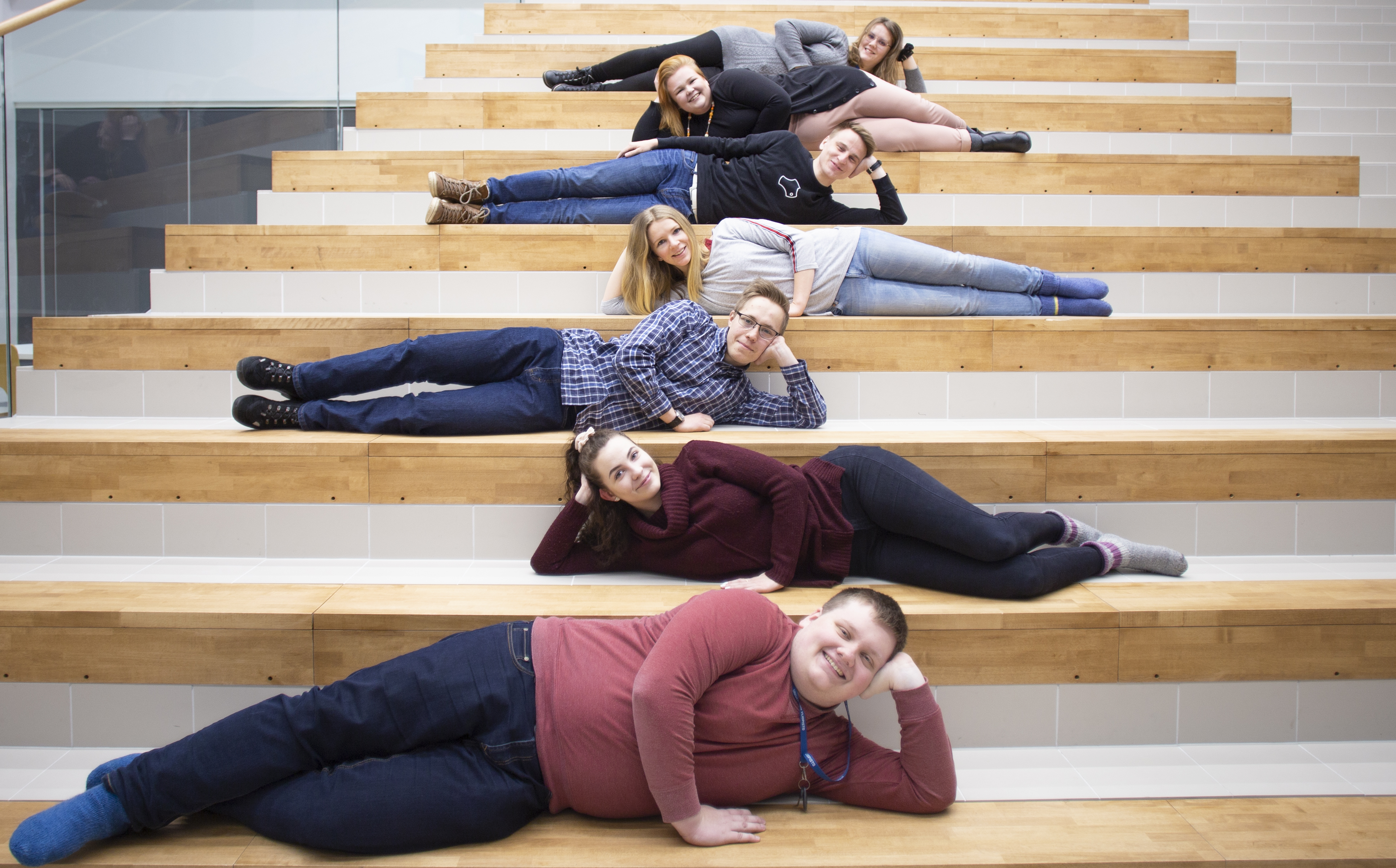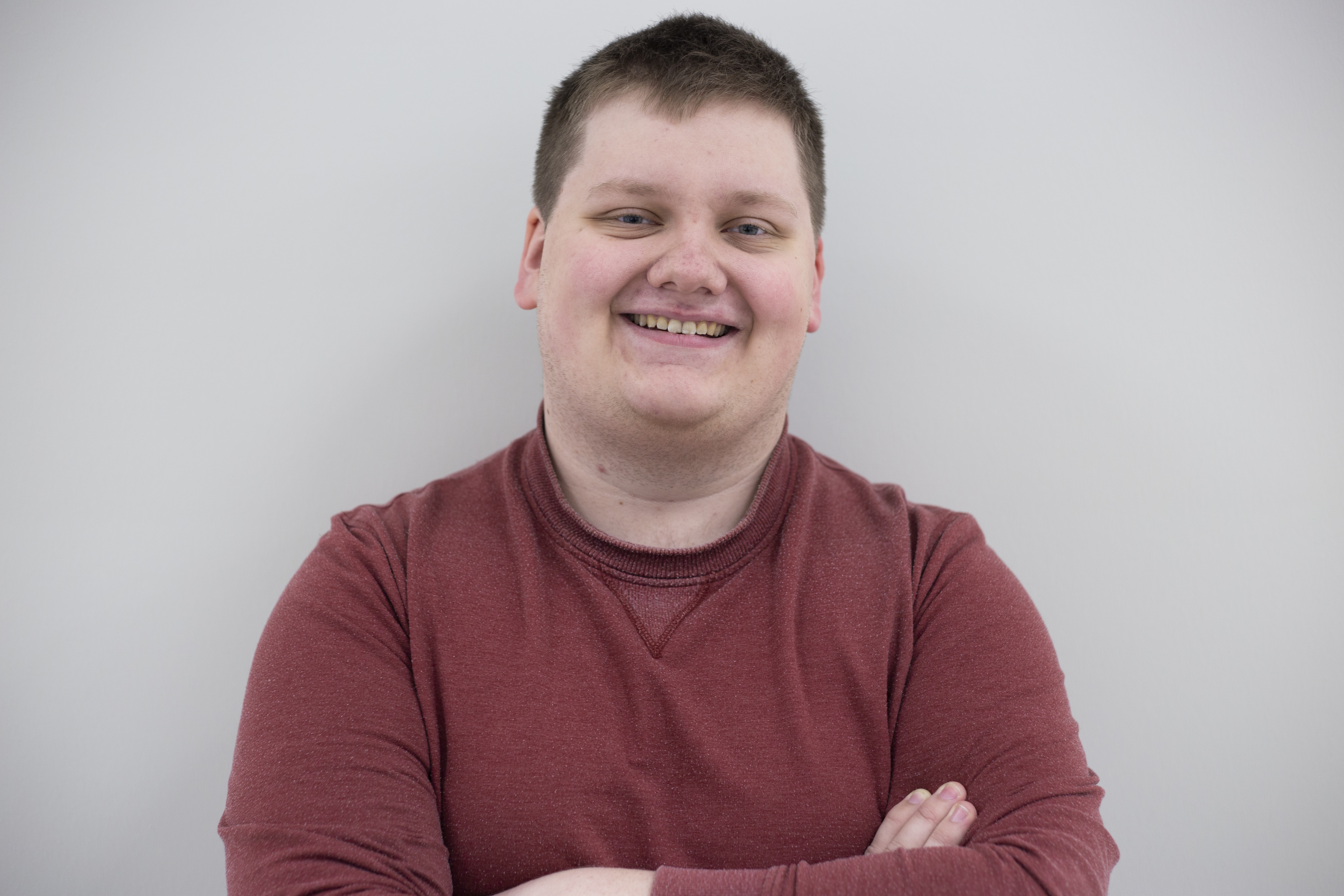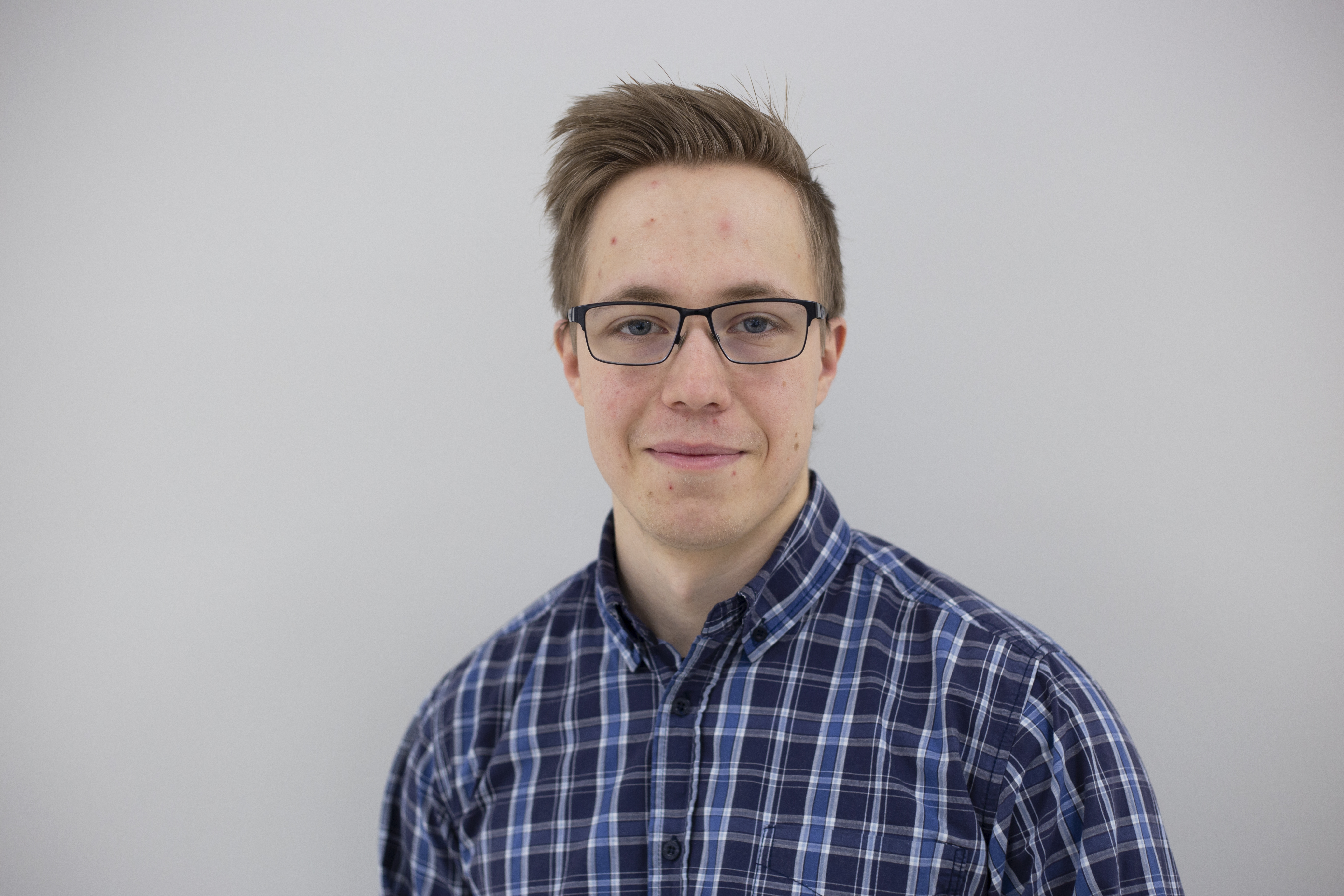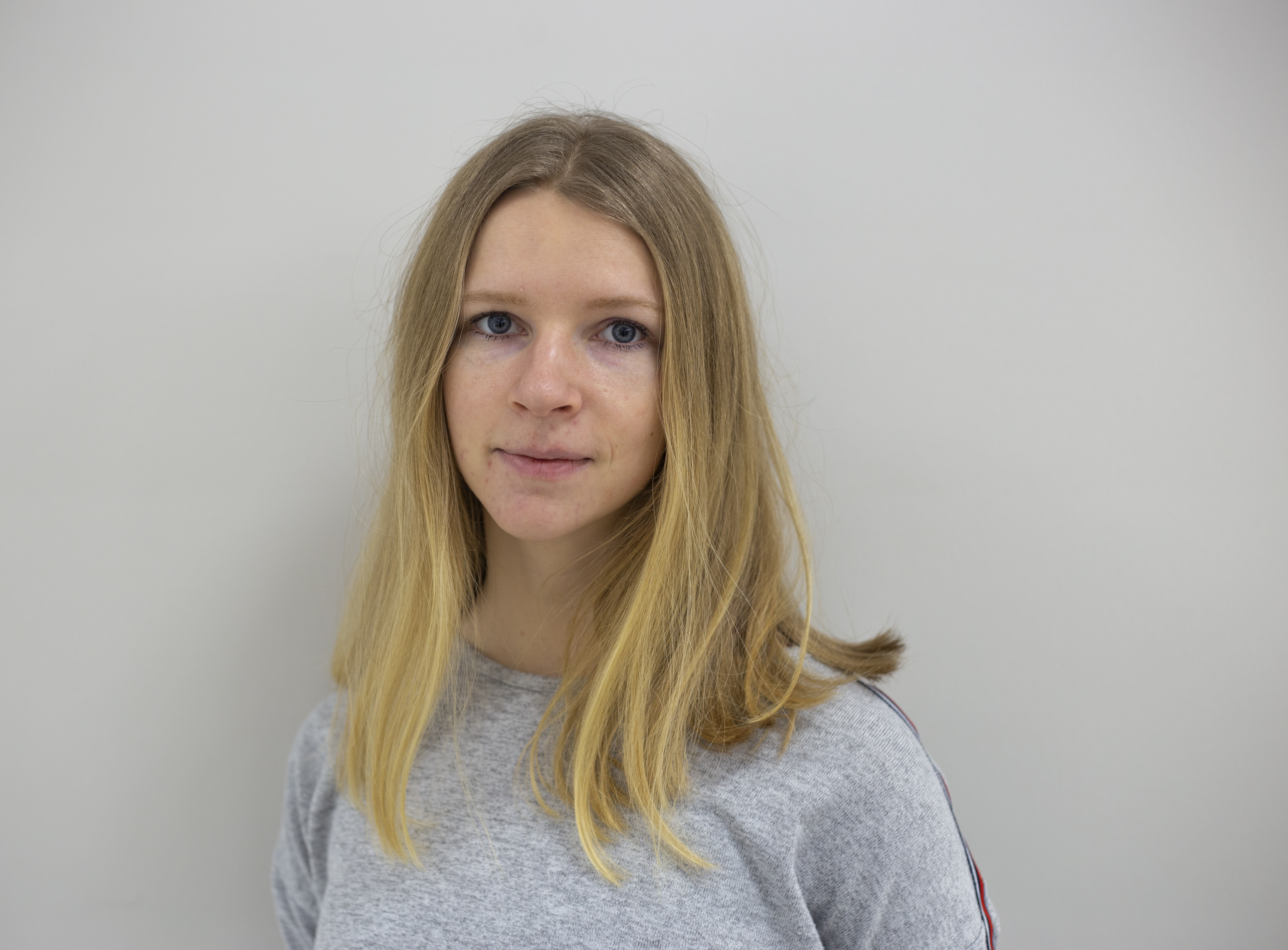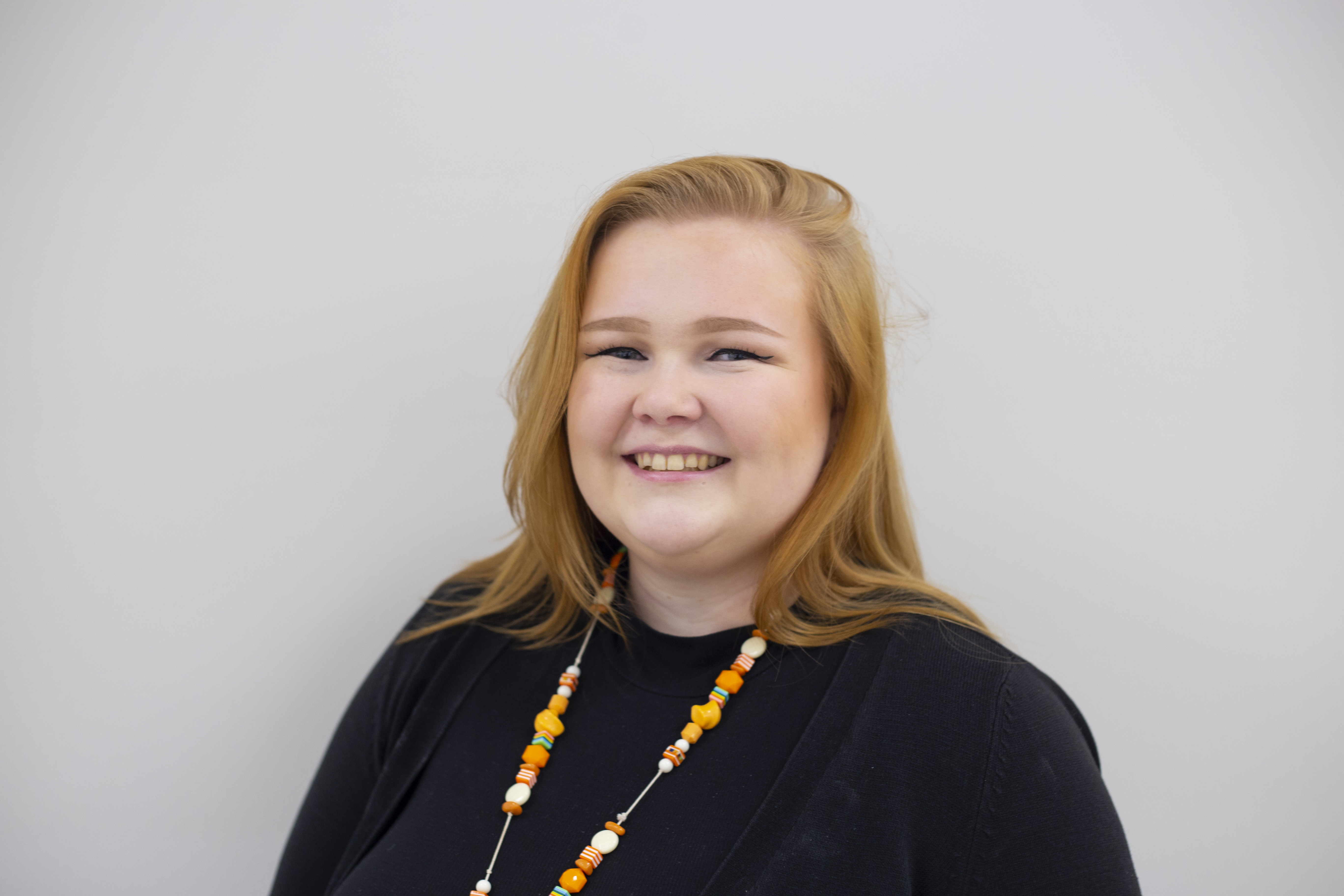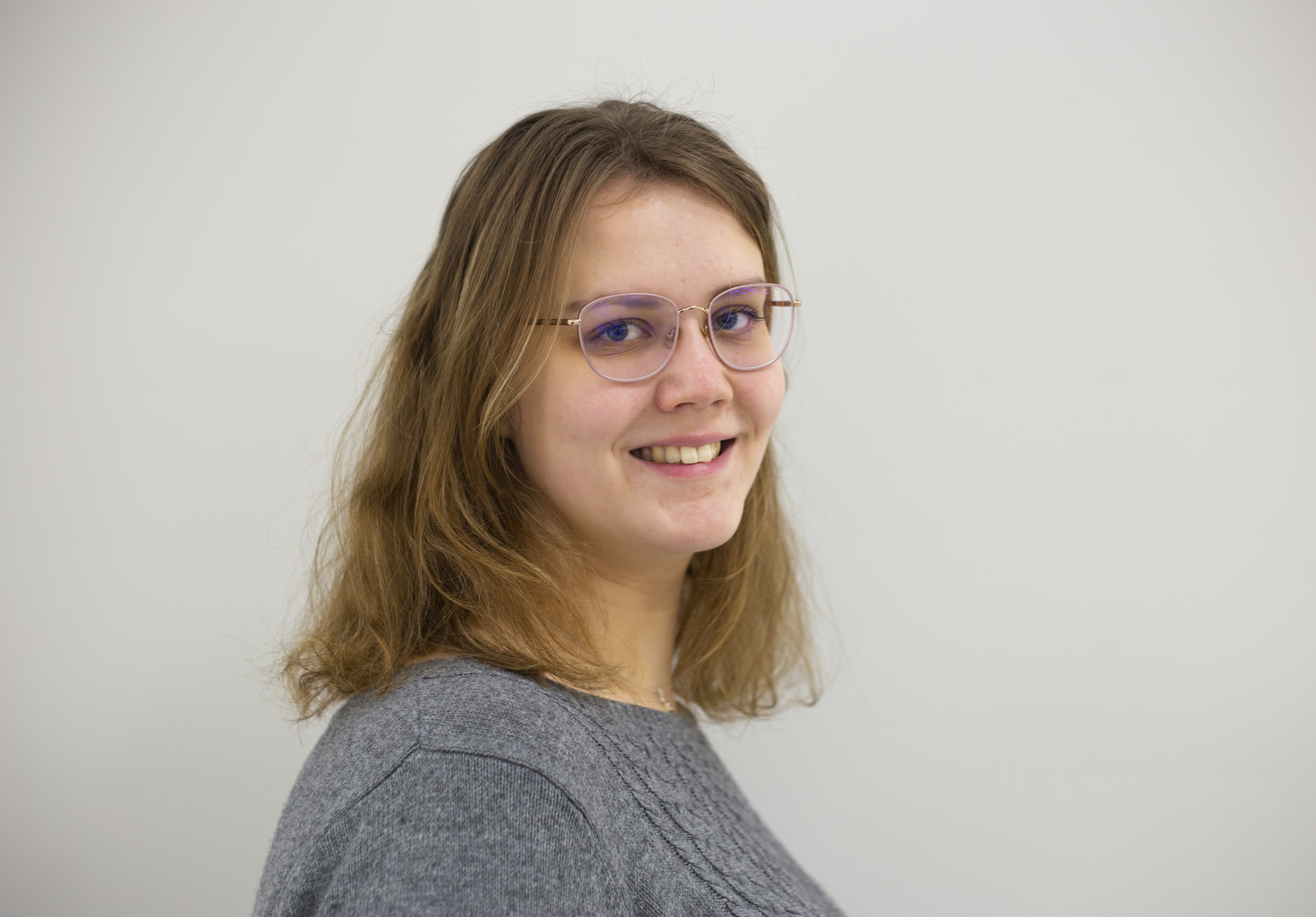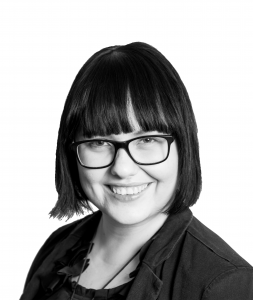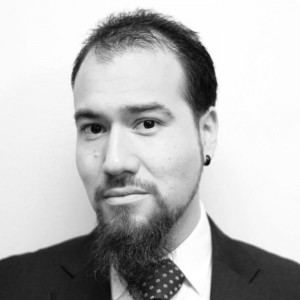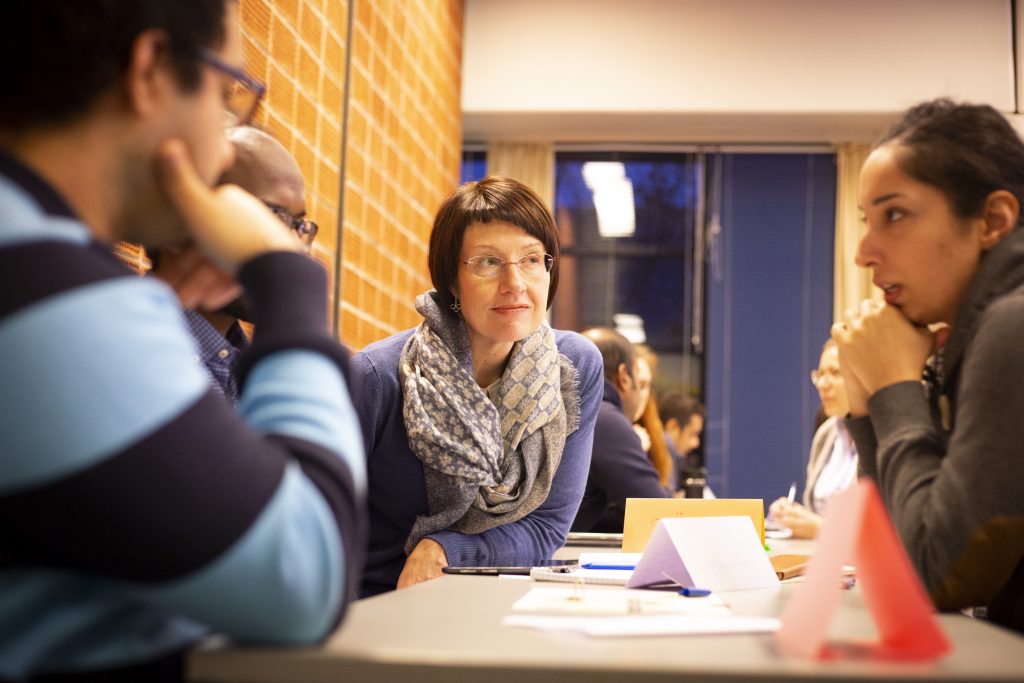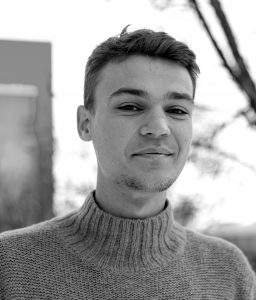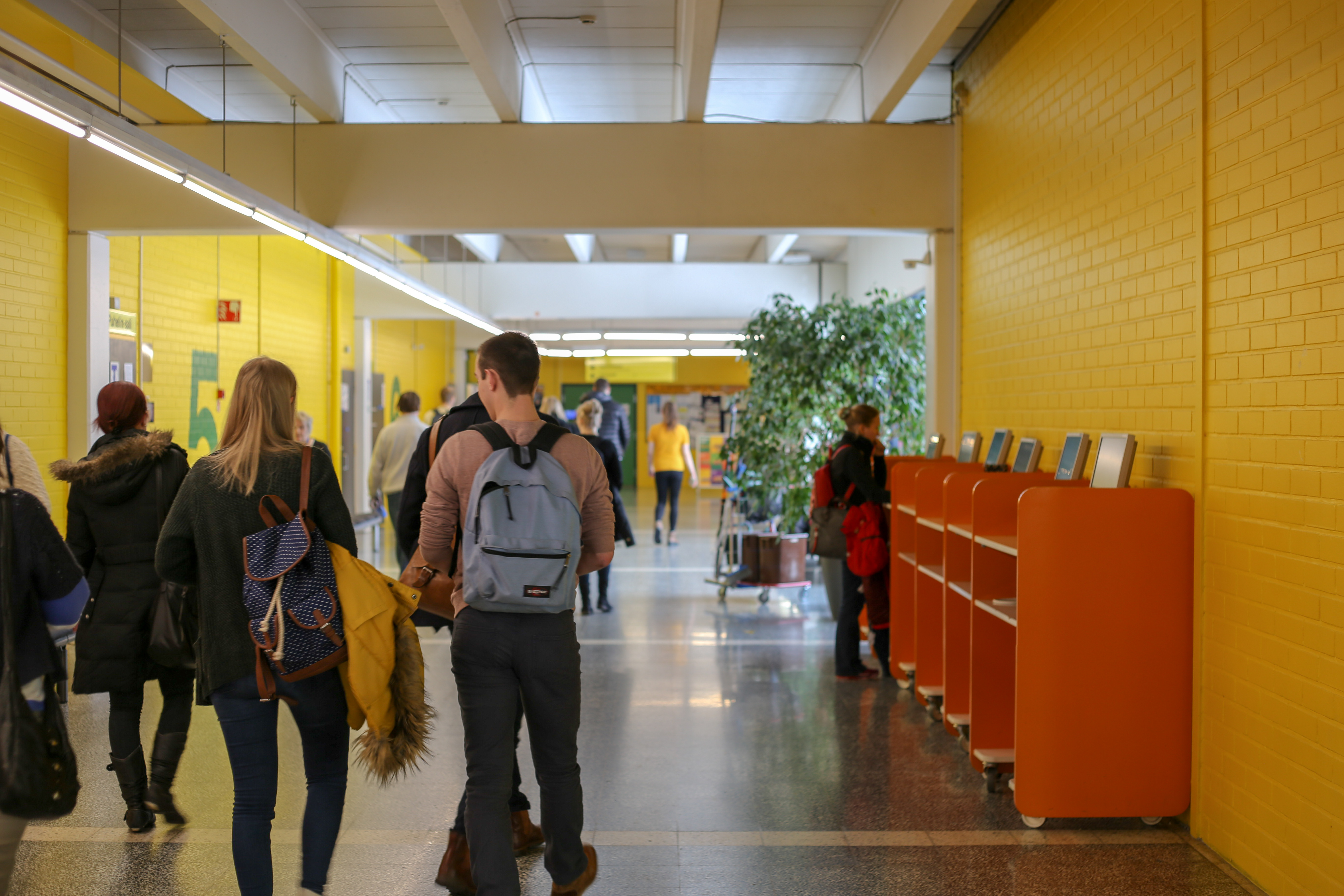The voluntary membership of the Student Union and the move of Oamk are things the new Board of the Student Union is facing this year. The group wants to make sure the collaboration between OYY and OSAKO, the student union of the University of Applied Sciences, goes smoothly. They also want to offer even better services for students. Eetu Leinonen, the new president describes the fresh Board as diverse and balanced.
“We have members from many different fields and varying experiences in student influencing.”
“All of us are from different student guilds. We also prove you don’t need a long policital career to be on the Board”, Eevasisko Mehtätalo says.
Despite their different backgrounds, the new members of the Board are similar in one way: they would not have applied, had they not been encouraged.
We interviewed the group about how they are feeling about the upcoming year. All of the members as well as the president answered the same questions. Read the responses below.
- Why did you apply to be on the Board?
- What is your history in student influencing?
- What do you wish to accomplish on the Board in 2020?
- Are you excited about something in particular? Is something making you nervous?
- How are you going to fit the Board into your life? Are you going to keep studying?
- What has OYY done well in the past and what do you think should be improved on?
- How would you like the Student Union to be when you leave your post?
- What would you like to say to your fellow students?
Eetu Leinonen, 21, a fourth year student of mathematics and statistics and freshman of Finnish
The Chair of the Board: Board chairman, ownership and external stakeholder activities
“Last year I was the president of the Advocacy Section and I got to look into the advocacy work. It was then that I started thinking of applying to the Board. Eventually that thought grew into wanting to be the President.
As a student influencer I have also been the President of Oulun Luonnontieteilijät ry OLuT.
On the Board I want to make sure people feel OYY is useful. I also hope that the work goes smoothly, as there have been changes in the organization. Hopefully we can also help the next Board get a good start.
I am especially excited about the anniversary of OYY.
What makes me a little nervous is adapting to the Student Union everyday life. This is different compared to student guilds.
I intend to keep studying and finish my master’s thesis. For example I am taking a course in Udmurt language.
I would like the future OYY to be more open and closer to students. I would hope the Student Union can offer each member something, since we are doing this from students to students.
You can come talk to me about anything, it doesn’t have to be related to the Student Union. I like to be an unofficial guidance counselor: I know WebOodi by heart.”
Tia Rahkila, 23, a third year student of finance
The First Vice Chair of the Board, responsible for academic affairs
“I thought it would be nice to be able to make a difference. I only applied to the Board after the initial application period, because Santeri encouraged me to apply.
Previously I’ve been on the board of the student guild of finance, Finanssi.
I am most looking forward to meeting all the academic affairs representatives of all the guilds. I can’t wait to start working!
What makes me nervous is responsibility. I would say it’s a good kind of nervous, though.
I intend to keep studying while I am on the Board. My goal is to finish my bachelor’s during the summer. Exercise helps me stay energized.
I enjoyed the ‘kaverikoirat’ dogs from the previous years.
What I wrote on my application as well was that I’d like to bring OYY closer to each member. I want OYY to give back. I also want to develop academic affairs and advocacy work even further.
I’d like to say that there is no need to be scared of me even though I talk a lot. I can also listen.”
Jarkko Impola, 23, fourth year student of educational sciences
The Second Vice Chair of the Board, responsible for finances
“Applying to the Board was a last minute decision. The job was appealing, but I wasn’t certain I had enough experience or know-how. After encouragement, I applied.
Earlier I have been on the board of the guild of education sciences, Motiva, for 3 years the last of which I was president.
This year I want to create a good foundation for co-operation between OYY and OSAKO. On top of that I want to promote an environment where everyone is seen as a student equally, despite which university you come from. Personally I would like to become a better performer during this year.
I am particularly excited for the opportunity to learn about the university community as a whole. I am escaping the bubble of my faculty and meeting students and staff all around. That is exciting.
What makes me nervous about the year on the Board is time management. In this position you have to plan your life in a whole new way: how much time do I spend on this, on studies, the rest of my life. I am at the very least taking a break from my master’s thesis at the moment.
I want to help develop OYY to be something you want to be a part of in the future, even voluntarily.
I hope people approach me especially concerning the Oamk move.”
Petra Nieminen, 25, fourth year student of biology
Member of the Board, responsible for social affairs, tutor trainings and international affairs
“Someone in a meeting of the Student Council asked, why none of us had applied to be on the Board. I thought it would be nice to join, but I was not sure if I would have enough time. Benjamin Michelin from last year’s Board took an evening off to respond to my questions and assured me he had finished his master’s thesis along the job on the board. That helped me feel like I could apply.
Earlier I have been on the board of OLuT ry for two years. I’ve also been on the Student Council.
I hope that through the Board I gain confidence and trust in how I do things.
I’m looking forward to seeing how collaboration with OSAKO shapes up. It holds great potential.
What makes me nervous is scheduling. I am trying to do my master’s thesis on the side. I’ve tried to draw a line between work and home: I don’t bring work from the office home, and that is already showing in how I am managing.
In the past I feel OYY has not been able to become close to students.
I would like to leave an equal Student Union where everyone feels like they belong – and one people want to belong to.
I want to say I am not cold, even though I am quiet at times. If I don’t know something, I will look into it. You can approach me regarding anything.”
Santeri Siira, 24, a fifth year student of mechanical engineering
Member of the Board, responsible for events
“I had thought about joining the Board earlier, but I didn’t quite dare apply. The members of last year’s Board encouraged me to apply last spring. I thought about it through autumn and had a lot of encouragement.
Earlier I have been on the board of the guild of mechanical engineering Koneinsinöörikilta for two years. I’ve also been on the board of OLTO ry, Medical Technology Students of Oulu for a year and on the Student Council.
I want to do my part in developing events. I’d like the members of OYY to feel like the student union is theirs, not a foreign actor, and feel like the events are easy and nice to attend.
We have had a good group spirit even before the official year on the Board, so I think the Board will be a good one. I am mostly nervous about the anniversary of OYY.
The challenging thing about work on the Board is that you can never finish advocacy work. There is always more to be done, and you can’t possibly finish everything during your term. The OYY Board has a less clear frame compared to guild work.
My intention is to study a little bit on the side so I can finish my bachelor’s.
You can come talk to me especially if you have development ideas for events or OYY. You can also talk to me if you want to know more about OYY.”
Eevasisko Mehtätalo, 24, a student of molecular medicine
Member of the Board, responsible for communications and campus development
“I applied to be on the board after the initial application period, because I was encouraged to apply. At first I felt like I wasn’t capable or I didn’t have enough merits. I also thought this would be a full-time job. However, the members of last year’s Board clarified that I can work on my master’s thesis and studies all while being on the Board.
Previously I have done just about everything a student can do. The most important things for me were two years on the board of biochemistry student guild Histoni and 5 years as a halloped student representative in the biochemistry and molecular medicine faculty.
I would like for OYY to be more visible on the Kontinkangas campus after this year and for the students there to have equal opportunity to participate in events and get services. I also want to learn more regarding communications, such as making layouts and concise expression.
What interest me the most this year is the new communications project where I feel I can challenge myself.
I am nervous about my own time management. January has been straining in some parts due to the sheer amount of new information. I plan on studying on the side and finishing my master’s thesis before Midsummer. In other aspects of my life I am going to put energy into my own health and relationships.
I would like for all students to know they are a part of OYY. Everyone belongs in the Student Union and it is not some ‘higher being’.”
Reeta Mäki-Pollari, 25, a fifth year student of educational sciences
Member of the Board, responsible for organizations
“I was coached into the Board for a few years, but I wanted to get my studies to a place where I would be comfortable. After good encouraging speeches I decided to give it a try. This year the project in municipality influencing is so good, I felt like I had a chance to showcase my potential.
Throughout my studies I have been a part of almost everything a student can be. I was the president of the guild of early childhood education, Lastarit, and I have been on the Student Council for two terms.
I would like for OYY to be familiar to everyone and that even the students who aren’t actively involved would know the structure of the Student Union and how it works. In my own sector I would hope that students voices will be heard in decision making on the municipal level, for example in elections.
I am nervous about whether all the plans will come true and if everything will be done correctly. I intend to work on my master’s thesis throughout my term on the Board.
In my opinion OYY has been able to make itself more transparent and open: the Student Union is no longer an insider job in the same way it used to be.
What I would hope for is that the good team spirit of the Board shows.
I would like to say that even though I am tall, I can hear you all the way up here.”

